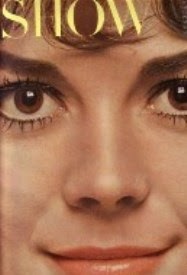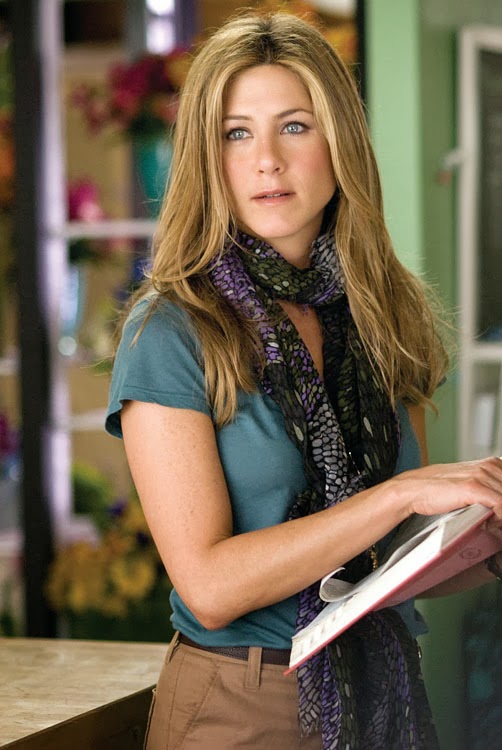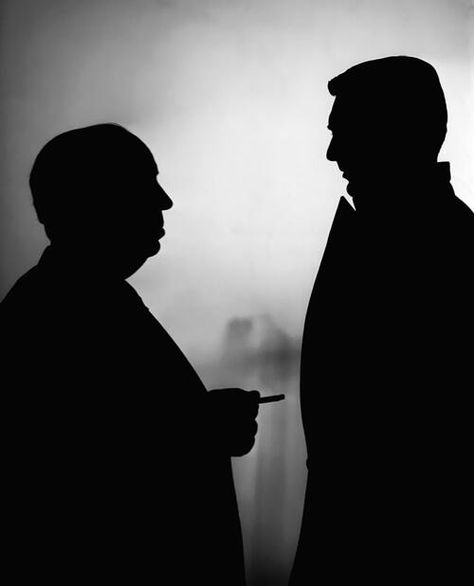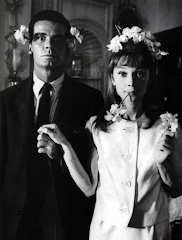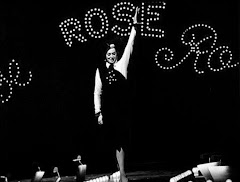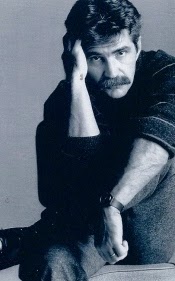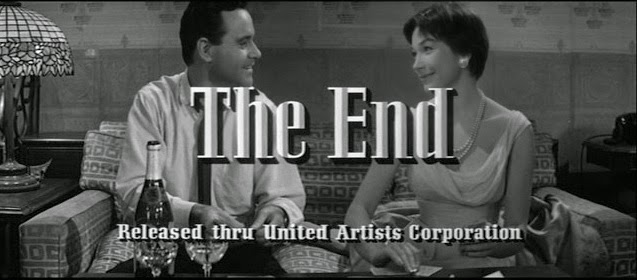Note: The actor James Shigeta died on July 28 at age 81; this essay was originally published on June 18, 2008 and the initial ten comments were posted during that time period.
Turner's impressively ambitious and nakedly revealing investigation of how the film industry has seen and portrayed Asians in movies has run the gamut as one might expect of the fastidious TCM, capturing some wonderful, laudatory highs and far, far too many lows.
The series kicked off with Cecil B. DeMille's fascinating "The Cheat," a 1915 silent film that introduced the iconic Sessue Hayakawa to Western audiences, and included Yasujiro Ozu's recent Father's Day entry, his 1942 masterwork of self-sacrifice, "There Was a Father"/"Chichi Ariki."
In between, there have been titles about the struggles of Asian actors and filmmakers to present their authentic vision, as well as the struggles, too often in vain, of Caucasian filmmakers to portray them.
Forget about the slant-eye make-up applied to the likes of Katharine Hepburn. For the most part, Hollywood's view has been routinely, almost casually, insensitive and decidedly unempathetic.
Joining TCM's Robert Osborne for some serious discussions about such matters has been Dr. Peter X Feng, editor of "Screening Asian Americans" and author of "Identities in Motion: Asian American Film and Video." And there have been added insight provided by filmmaker Wayne Wang, writer Amy Tan, film scholar Elaine Mae Woo, film producer Janet Yang, actresses Lauren Tom, Ming Wen, Rosalind Chao, France Nuyen, Nancy Kwan and Miiko Taka, among others, and ...
James Shigeta.
For a brief, shining moment, the talented and very handsome James Shigeta was poised to be a major Hollywood leading man. In the space of two years, Shigeta was auspiciously showcased in no fewer than five films of impressive diversity - Sam Fuller's "The Crimson Kimono" (1959), his debut film; James Clavell's "Walk Like a Dragon" (1960); George Marshall's "Cry for Happy" (1961); Etienne Périer's "A Bridge to the Sun"/"Pont vers le soleil" (1961), and Henry Koster's film of the Rodgers and Hammerstein musical, "Flower Drum Song" (1961).
With a line-up like that, Shigeta should have had it made. He was the definition of a matinee idol. But it was to be only temporary.
For some bizarre reason, what seemed to be a flourishing film career came to a halt, with Shigeta spending most of his time playing guest roles on TV series ("Burke's Law," "Dr. Kildare," "Ben Casey," "Perry Mason" and the like). Apparently, Hollywood wasn't color-blind after all. Later on, he had roles in Charles Jarrott's "Lost Horizon" musical remake (1973), a disaster with a Burt Bacharach-Hal David score; Jack Smight's "Midway" (1976) and, still later, John McTiernan's "Die Hard" (1988). But his movie career, for all intents and purposes, never really got back on track.
What happened? For the life of me, I can't understand why Hollwood - so good at exploiting people - let Jim Shigeta be so criminally neglected. Is it naïve to think there was a whiff of racisim was at play here?
Four of those film films in which Shigeta excelled, demonstrating his versatility, are being aired as part of Turner's invaluable "Asian Images in Film" series, starting early June 19th, at 1:30 a.m. (est) with "Walk Like a Dragon," in which Shigeta plays a proud immigrant in 1870’s California caught in a love triangle with a Chinese woman (Nobu McCarthy) and a tough cowboy (Jack Lord). Mel Tormé co-stars for director Clavell, the writer who, of course, helmed TV's "Shogun."

At 8 p.m. (est) on June 19th, Turner will screen Périer's "A Bridge to the Sun"/"Pont vers le soleil," a true story about a Tennessee blonde (Carroll Baker) who married a Japanese diplomat (Shigeta) before World War II, then followed him to Japan after the attack on Pearl Harbor. This film contains, arguably, Shigeta's best screen performance.

Fuller's "The Crimson Kimono," Shigeta's first film, will be shown at 8 p.m. on Tuesday, June 24th. In this Los Angeles-set noir, Shigeta plays a detective who finds himself in a love triangle with his partner (Glenn Corbett) and a woman (the late, wonderful Victoria Shaw) who is entangled in their current murder investigation. Not surprising for Fuller, "The Crimson Kimino" was ahead of its time, both for its exploration of racism and its romance between an Asian man and a Caucasian woman, something Shigeta would explore again in "A Bridge to the Sun."
At 11:30 p.m. (est) on June 24th, Koster's terrific, unfairly underrated "Flower Drum Song" unreels. Full disclosure: This is my favorite Rodgers and Hammerstein musical, largely because it doesn't follow the usual R-&-H forumla. Lacking the team's penchant for pretention and preachiness, this look at Asian life in San Franciaco is modern, lively and quite jazzy. A tale of generational conflicts and hard-dying traditions, the material casts Shigeta, in his last major film role, as a conflicted guy caught between being Chinese and American.
"Flower Drum Song" features an all-Asian cast, save for one Caucasian role - that of a white derelict (Herman Rudin) who robs Master Wang Chi-Yang (Benson Fong) on his doorstep. Nice touch. I love it.
Shigeta, whose deep, natural baritone always added a natural authority to his line readings, did his own singing in the film - an endearing, lilting work that has improved with age. It's terrific.
Note in Passing: The only major Shigeta film missing from Turner's line-up is Marshall's "Cry for Happy," a wartime comedy that starred Glenn Ford, Donald O'Connor and Miiko Taka and which paired Shigeta with his "Flower Drum Song" co-star, Miyoshi Umeki.

(
Artwork: James Shigeta in his prime; with Carroll Baker in Périer's breakthrough "A Bridge to the Sun"; being interviewed by filmmaker Arthur Dong during the Spotlight tribute to him at the 24th San Francisco International Asian-American Film Festival in 2006, and Nancy Kawn, aglow in wide screen, in the Hermes Pan-choreographed "Grant Avenue" number from Koster's terrific "Flower Drum Song.")








































